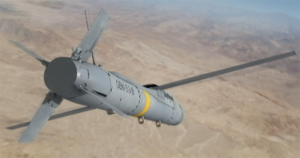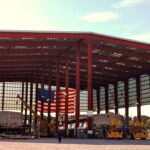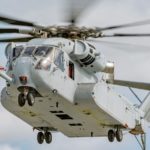
Raytheon Technologies Corp. [RTX] on Tuesday reported strong second quarter financial results, buoyed by the company’s defense businesses and a rebound in the commercial aerospace market as the effects of the COVID-19 pandemic wane somewhat. Net income swung to a $1 billion, 68 cents earnings per share (EPS) profit versus a $3.8 billion ($2.55 EPS) loss a year ago when the pandemic was raging. Excluding discontinued operations, acquisition accounting adjustments and non-recurring charges, adjusted net income of $1.6 billion ($1.03…

 By
By 











